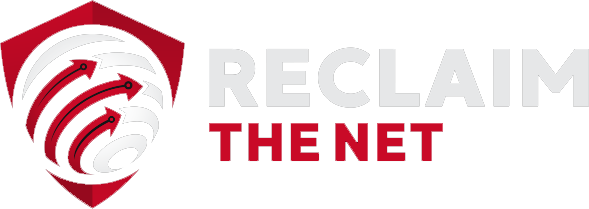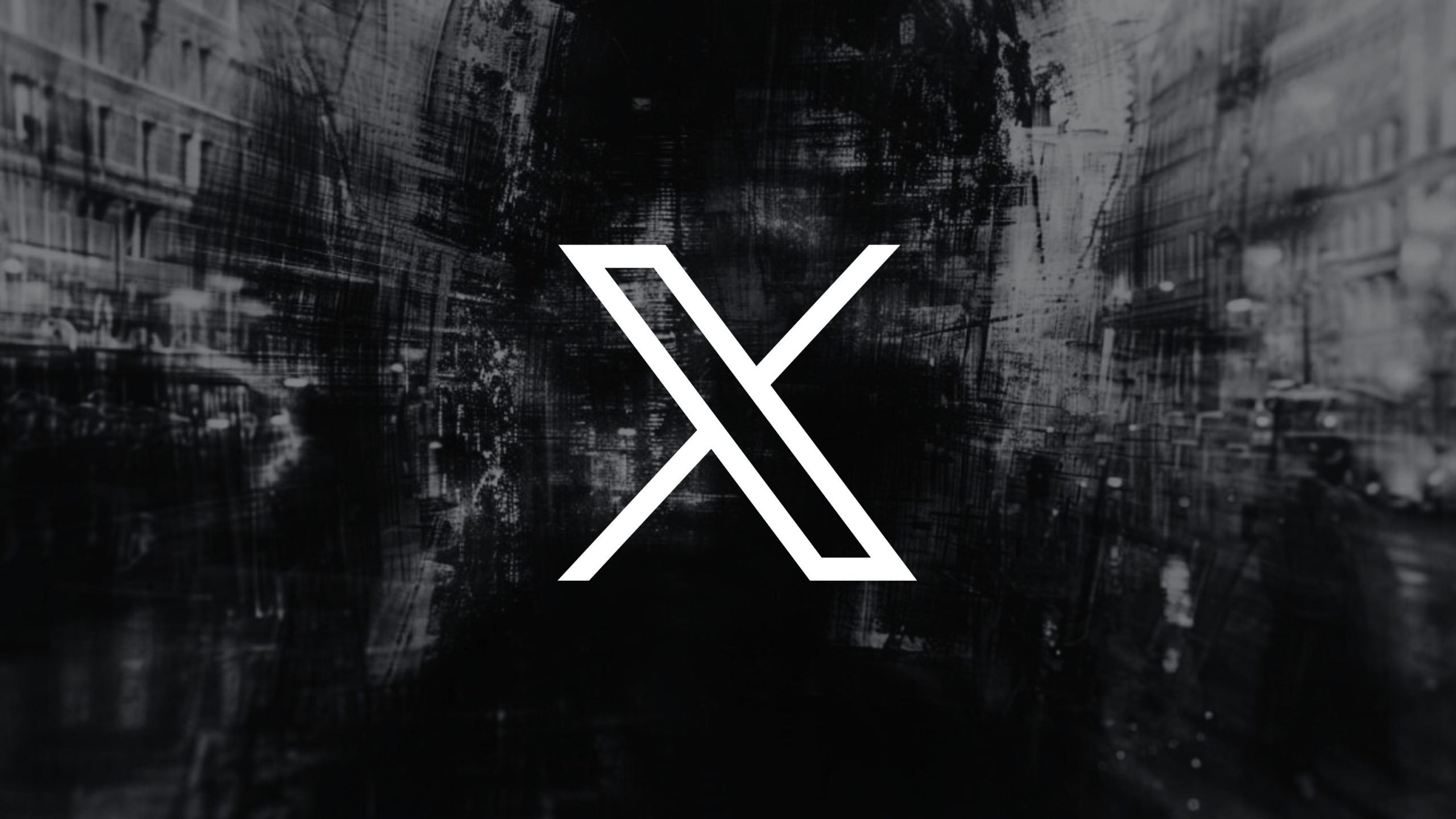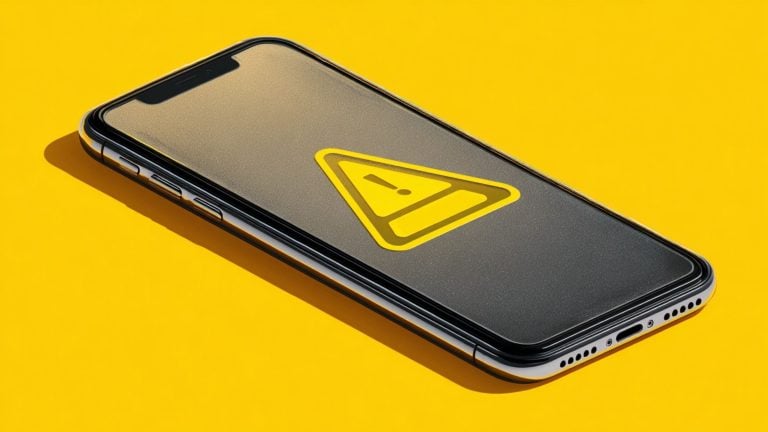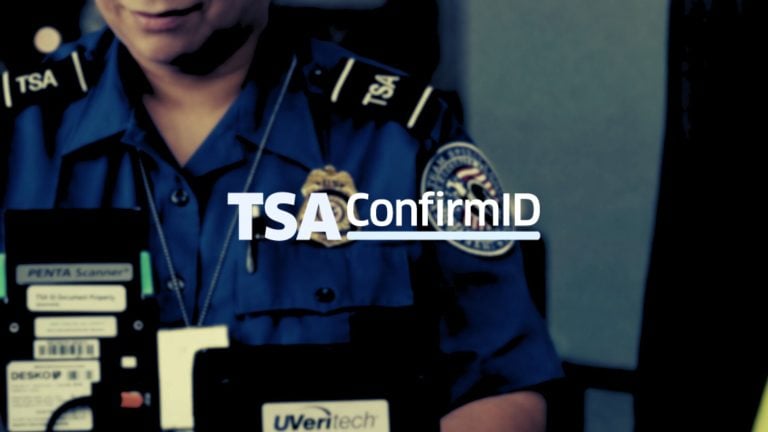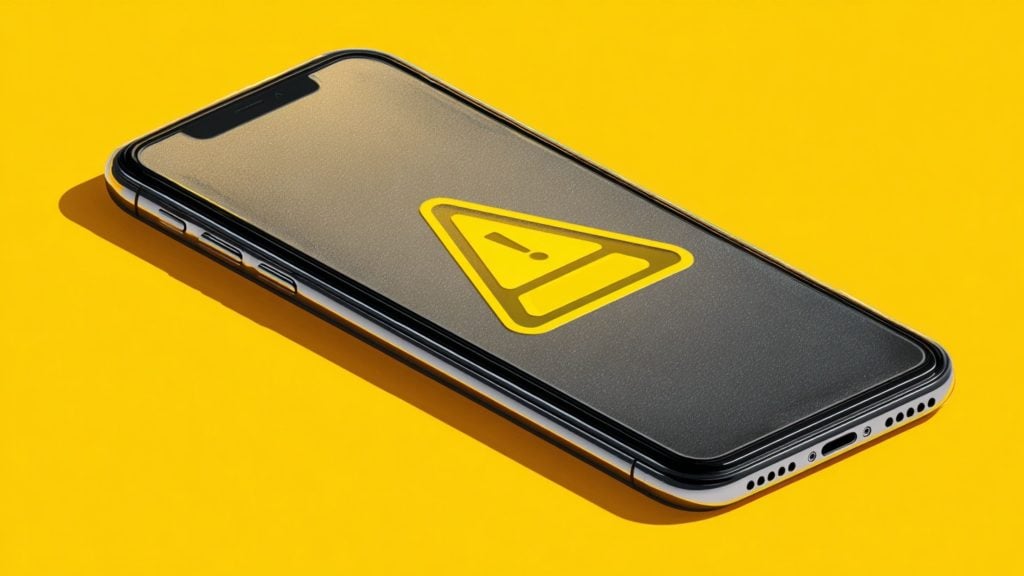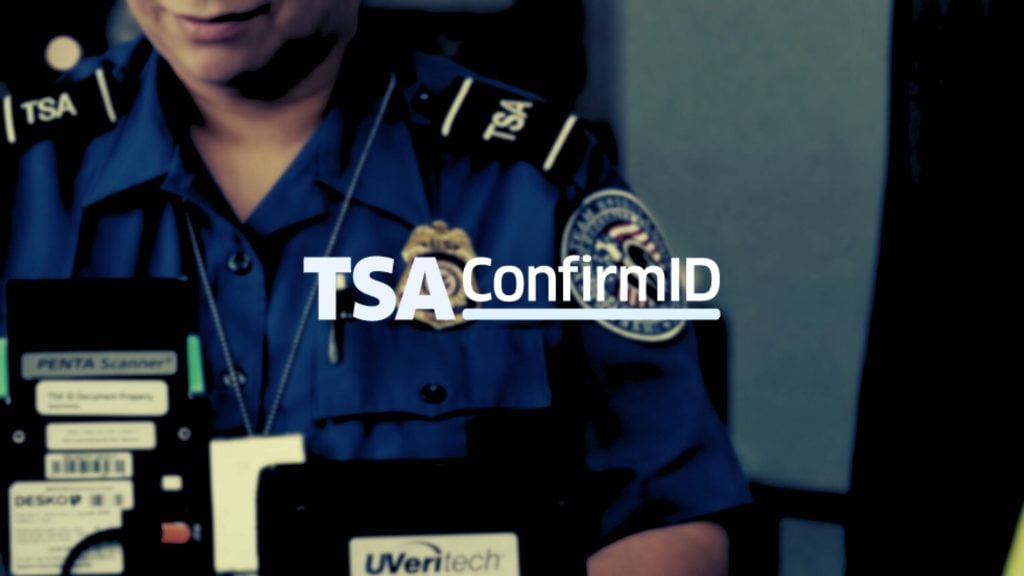DoubleVerify, which says it is in the business of helping brands advertise more effectively while focusing on “transparency and authenticity” has caused X to lose a number of advertisers because it rated the platform’s “brand safety” erroneously.
The factual false information that DoubleVerify published to the world, all the while supposedly working to tackle misinformation, has to do with what the company said was “a graphical error in the display of X’s Brand Safety Rate in DV’s Pinnacle dashboard.”
This error continued to be displayed for four and a half months, showing a false, lower rate, admitted CEO Mark Zegorski.
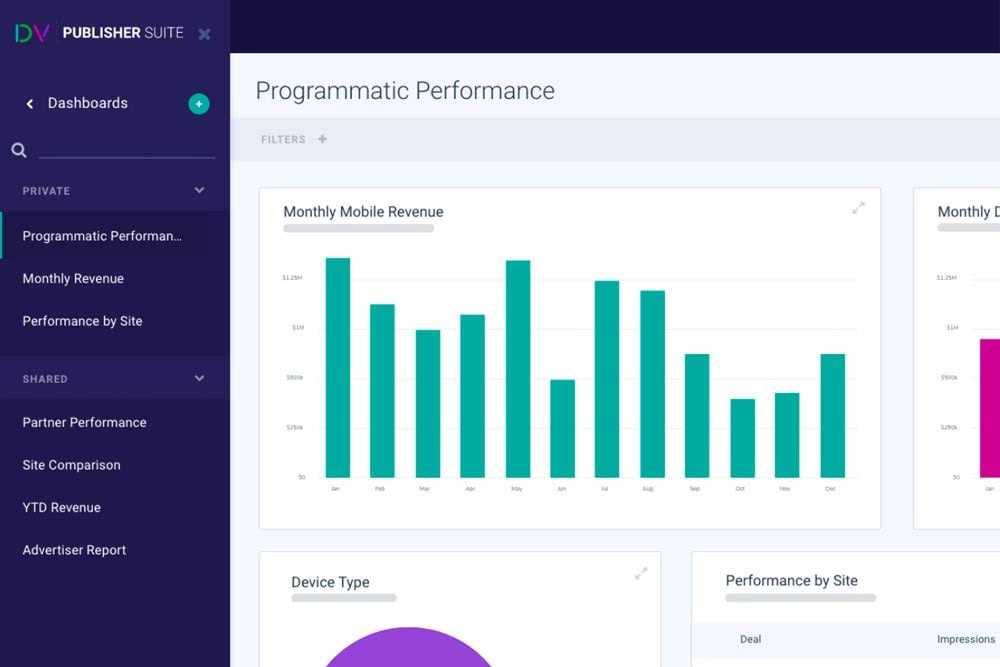
The DoubleVerify CEO went on to say they took “full responsibility” and apologized, also revealing that the brand safety rate enjoyed by X “across all campaigns” the company measured “exceeded 99.99%.”
The damage done in this way is described by X Corp’s Business Operations chief Joe Benarroch as being “incalculable.”
According to him, dozens of firms justified their decision to pull out of advertising on X referring to DoubleVerify’s rating. This started happening after Elon Musk acquired then Twitter – while previously, those same brands had no problem advertising when the platform had a “politically liberal CEO.”
This was the case even though, according to Benarroch, Twitter had “little to no” brand safety capabilities before the Musk takeover, and that as much as 90% of those capabilities were built afterward.
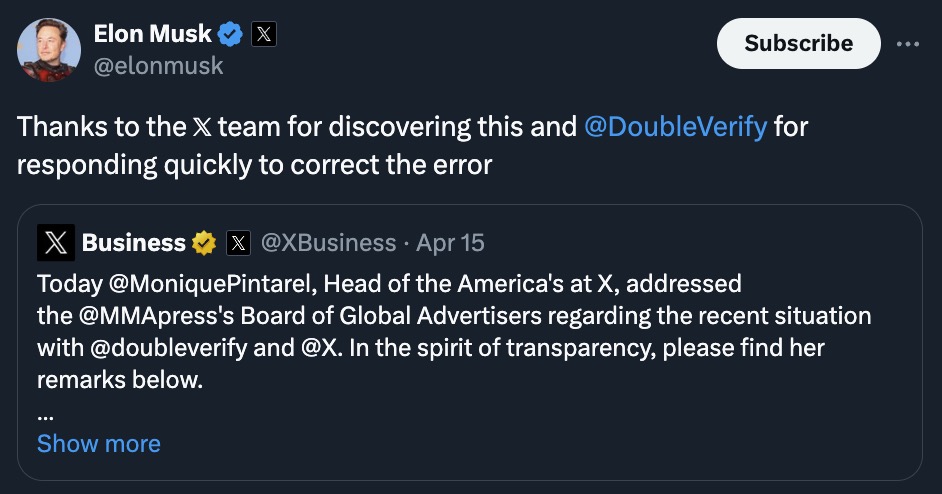
The context of all this becomes even more interesting considering that the demand for DoubleVerify’s services (and resulting huge revenues) stems from the likes of the controversial Global Alliance for Responsible Media (GARM, currently investigated by the House Judiciary Committee) “normalizing” the notion that companies must not advertise if a platform is found guilty of “misinformation.”
This has spawned a whole industry of third-party “raters” who are often criticized as using their role and influence to push a certain – namely, left-leaning – political agenda, that results in conservative media, but also those that are center-right, as well as “disobedient” social platforms, losing sometimes vital ad revenue.
DoubleVerify’s in 2020 bragged that it was the first to harmonize its product with the rules pushed not only by GARM (an initiative of the World Federation of Advertisers with links to the World Economic Forum) but also by the 4A’s Advertising Protection Bureau (APB).
